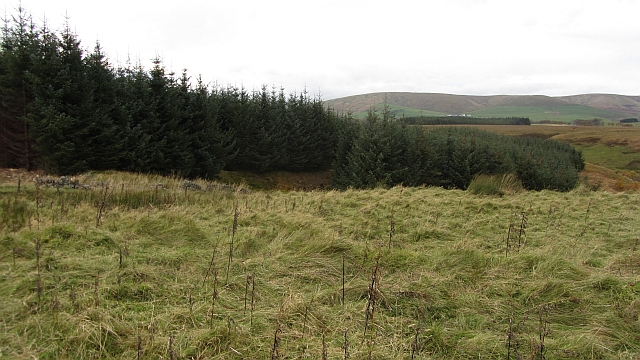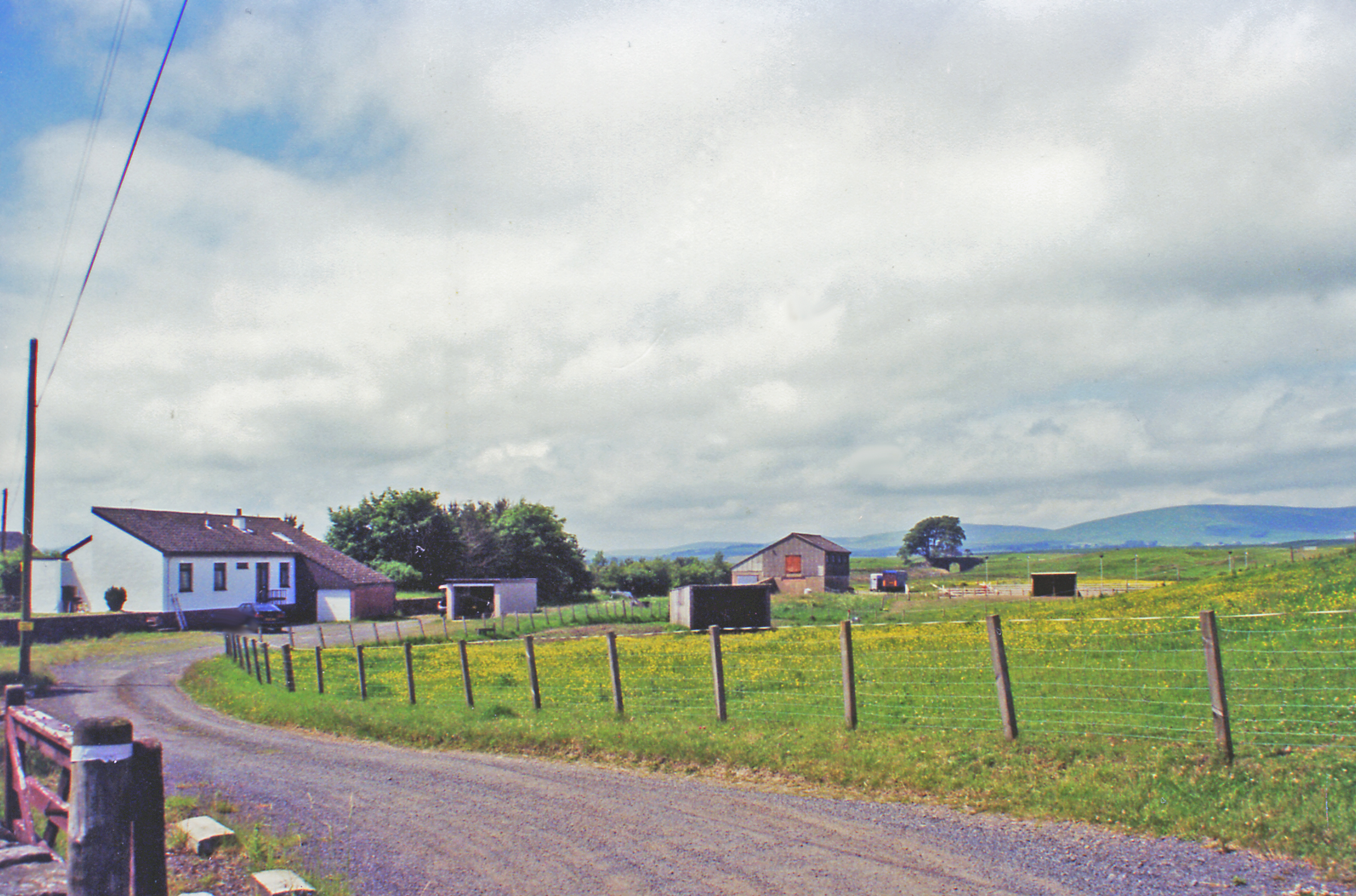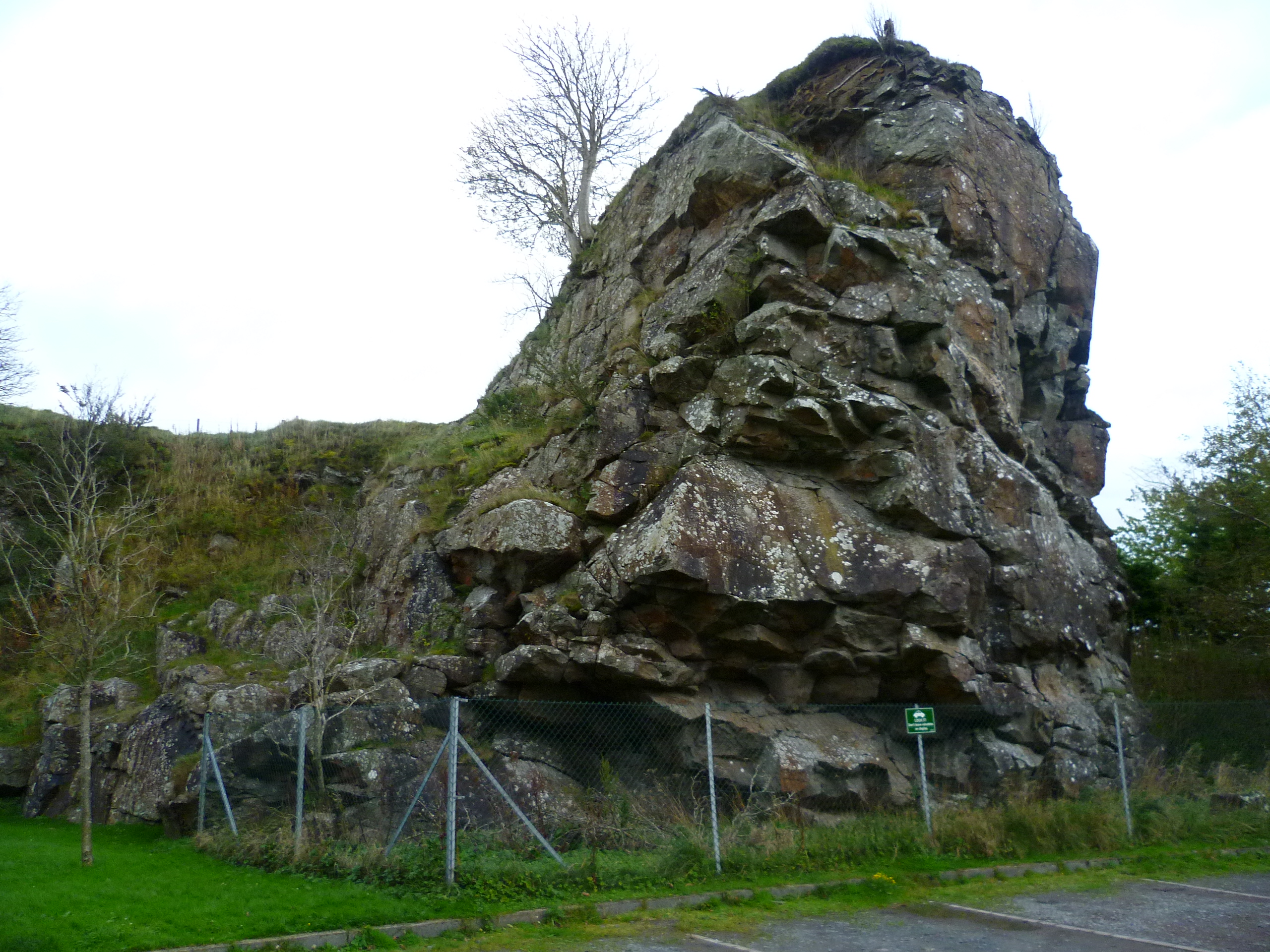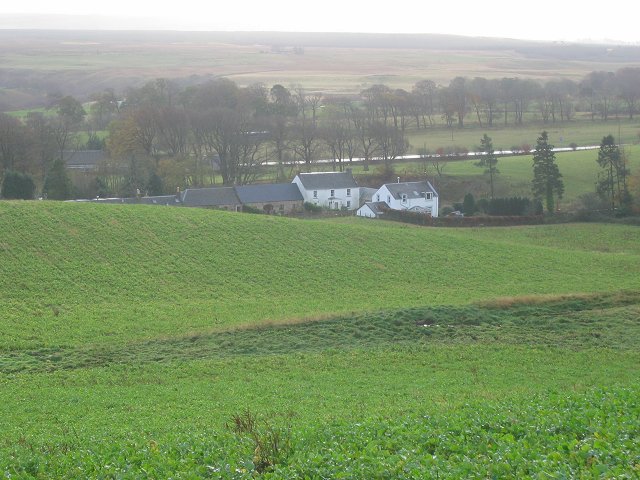Deepsyke Forest
Wood, Forest in Peeblesshire
Scotland
Deepsyke Forest

Deepsyke Forest is a picturesque woodland located in Peeblesshire, Scotland. Covering an expansive area, the forest is a haven for nature enthusiasts and outdoor adventurers. With its diverse range of flora and fauna, Deepsyke Forest offers a serene escape from the hustle and bustle of daily life.
The forest is predominantly made up of dense woodlands, with towering trees creating a canopy that filters sunlight and creates a mystical ambiance. The lush undergrowth is home to a variety of plant species, including ferns, bluebells, and wild mushrooms. The forest floor is carpeted with a thick layer of moss, adding to its enchanting appeal.
Deepsyke Forest is home to numerous animal species, making it a popular spot for wildlife enthusiasts. Visitors may have the chance to spot red squirrels, roe deer, and various bird species, including woodpeckers and owls. With its abundance of wildlife, the forest offers a unique opportunity for nature lovers to observe and appreciate the area's biodiversity.
The forest is crisscrossed by a network of well-maintained trails, making it ideal for hiking and walking. These pathways lead visitors through the heart of the forest, offering breathtaking views and ample opportunities for exploration. Additionally, the forest is intersected by a tranquil stream, adding to the tranquility of the surroundings.
Deepsyke Forest is a true gem in Peeblesshire, offering visitors a chance to immerse themselves in nature's beauty. Whether it's a leisurely stroll, birdwatching, or simply taking in the peaceful atmosphere, this woodland sanctuary has something to offer everyone seeking solace in the great outdoors.
If you have any feedback on the listing, please let us know in the comments section below.
Deepsyke Forest Images
Images are sourced within 2km of 55.771761/-3.301103 or Grid Reference NT1853. Thanks to Geograph Open Source API. All images are credited.



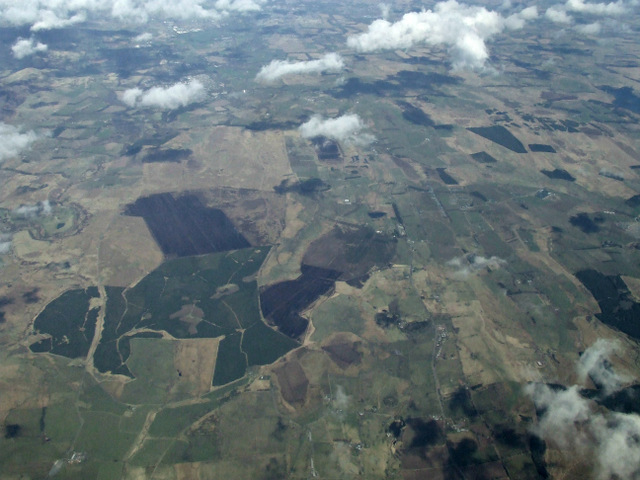


Deepsyke Forest is located at Grid Ref: NT1853 (Lat: 55.771761, Lng: -3.301103)
Unitary Authority: The Scottish Borders
Police Authority: The Lothians and Scottish Borders
What 3 Words
///stroke.spectacle.gems. Near West Linton, Scottish Borders
Nearby Locations
Related Wikis
Macbie Hill railway station
Macbie Hill railway station served the hamlet of Coalyburn, Peeblesshire, Scotland, from 1864 to 1933 on the Leadburn, Linton and Dolphinton Railway....
Lamancha railway station
Lamancha railway station served the hamlet of Lamancha, Peeblesshire, Scotland, from 1864 to 1933 on the Leadburn, Linton and Dolphinton Railway. ��2...
Carlops
Carlops (Scottish Gaelic: Leum na Caillich) is a small village in the Pentland Hills, within the Scottish Borders area of Scotland, close to the boundary...
Nine Mile Burn
Nine Mile Burn is a hamlet in Midlothian, Scotland, the last in Midlothian when heading south on the A702 road. It is located at the foot of the Pentland...
Nearby Amenities
Located within 500m of 55.771761,-3.301103Have you been to Deepsyke Forest?
Leave your review of Deepsyke Forest below (or comments, questions and feedback).



